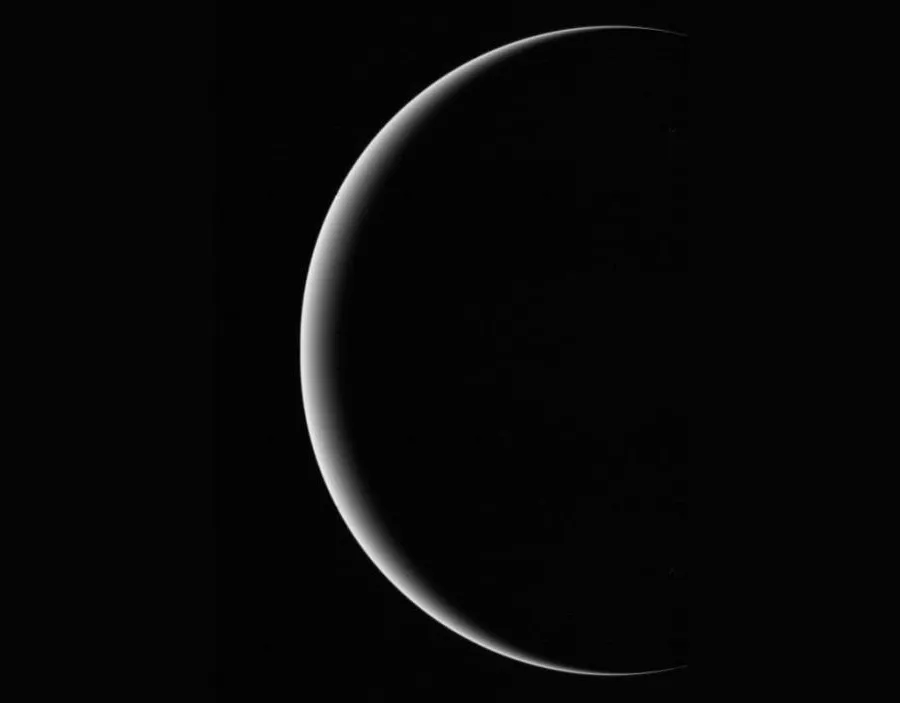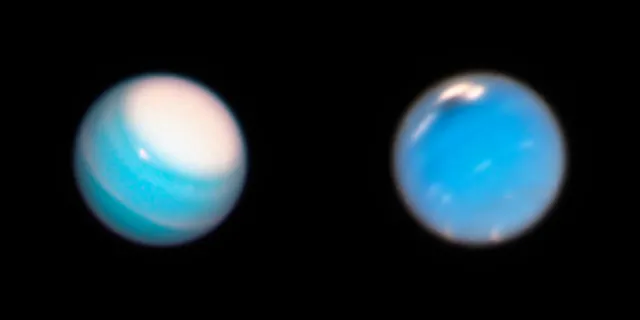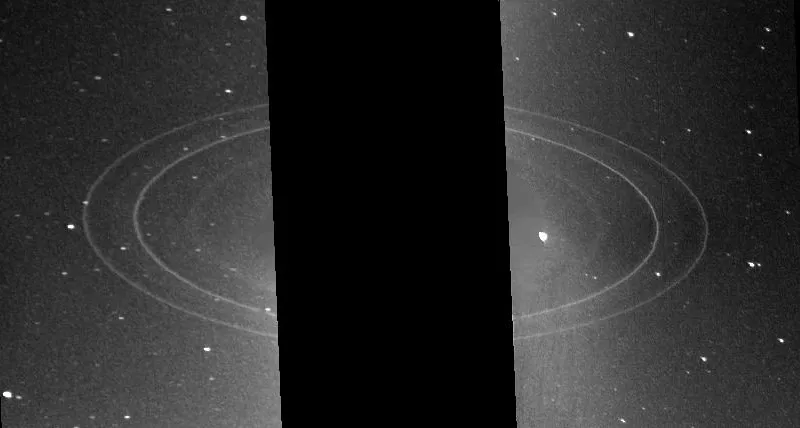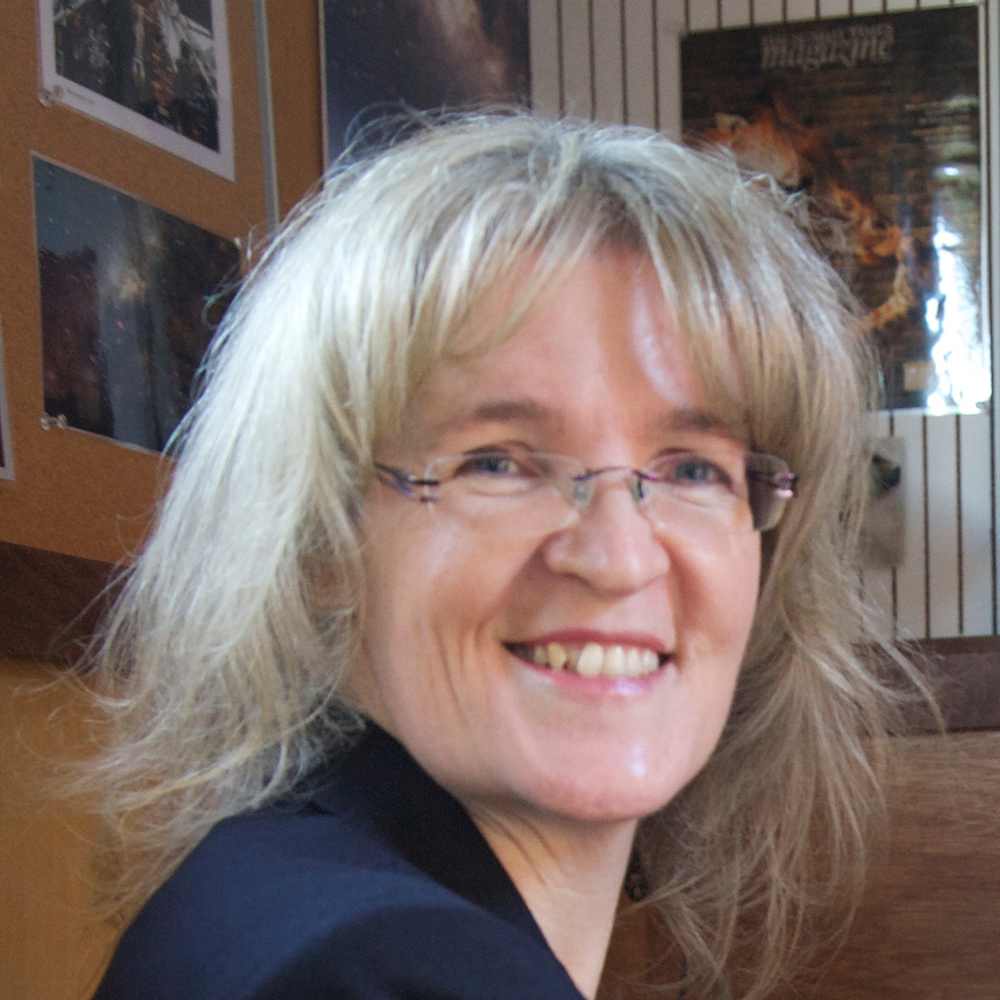Deep in the largely unexplored realms of the outer Solar System – beyond the gas giants, Saturn and Jupiter – lurk the two ice giants: Uranus and Neptune. These four planets formed 4.6 billion years ago from a cloud of gas and dust known as the solar nebula.
The material closest to the Sun gathered and condensed into the four rocky terrestrial planets while leftover ‘lighter’ elements, like hydrogen and helium, swept outward and became the four giants.
In these distant icy realms, a game of cosmic billiards ensued. The giants migrated inward and outward, scattering some objects and kicking out others.
It’s thought that Uranus and Neptune, once closer to the Sun, traded places in the process of migrating beyond the ‘snow line’, where gas is cold enough to become ice.
Finally, at 19AU and 30AU (where 1AU is the average distance between Earth and the Sun), Uranus and Neptune settled into their current 84- and 165-year orbits to become the ice giants we recognise today.
You may even be able to spot Uranus yourself in the night sky. Read our guide on how to see Uranus.

Uranus is the victim of a planetary collision: it is tipped over by 98° and rolls along on its side so that its axis points towards the Sun for half its orbit.
The result is that both poles are bathed for decades in continuous sunlight or darkness during its long seasons. Despite not being the farthest planet from the Sun, Uranus is the coldest in the Solar System.
In 1986, NASA’s probe Voyager 2 briefly flew past Uranus, getting closer than any spacecraft before or since.
The photographs sent back initially showed that Uranus was disappointingly bland, with barely any features in its gaseous blue-green atmosphere.
Now we know the planet is anything but boring. It is mostly composed of water ice, hydrogen, helium and methane, enveloping an Earth-sized rocky core surrounded by a dense fluid of icy materials.
Since the Voyager 2 flyby, ground-based telescopes and images from the Hubble Space Telescope have revealed fleeting ice-crystal clouds, giant storms, diamond rain and wind speeds reaching up to 1,450km/h.

Uranus has 27 known moons, nearly all named for Shakespearean characters, and is encircled by 13 icy rings filled with faint dust and golf ball-sized chunks of rock.
The rings on the inside are thin and dark, while those at the outer edges are brightly coloured.
Like with Uranus, Voyager 2 is the only spacecraft to have flown past Neptune, and the visit in 1989 was a revelation.
Both planets are four times the size of Earth and share a similar composition, but where the inner planet appeared placid, Neptune’s blue atmosphere was ablaze with bright clouds and storms.
Among them was the anticyclonic Great Dark Spot (GDS). While this has now disappeared, in the suspected 1,000km deep ‘weather layer’ migratory storms have erupted and a similarly sized new GDS is currently emerging, surrounded by winds in excess of 1,609km/h.
The rings of Neptune are unlike those of other planets as they are faint, incomplete clumps or arcs of carbon-coated dust and ice, perhaps shepherded by its small moon, Galatea.

Neptune has 14 known moons, the largest being Triton with a diameter of 2,700km.
It circles the ice giant in the opposite, or retrograde, direction, and is possibly a dwarf planet captured from the frozen reservoir of objects forming the Kuiper Belt.
Scientists were wowed by the moon’s nearly craterless, crack-ridden crust and the geyser-like jets of nitrogen ice blasting spaceward from its south pole, thousands of kilometres high.
It is now thought that Triton may be hiding an ocean that could be a possible habitat for some form of life.
With just Voyager 2’s visits so far, new missions to the ice giants are needed.
These could capture the shifting seasons and changes in light at the poles, plunge probes into the atmospheres, and send robots to ‘sniff’ and sample moons.
Perhaps a spacecraft could explore while transiting to the Kuiper Belt and beyond.
For now, these remain engineering concepts, but who knows where such concepts could lead.
This article originally appeared in the October 2019 issue of BBC Sky at Night Magazine.
